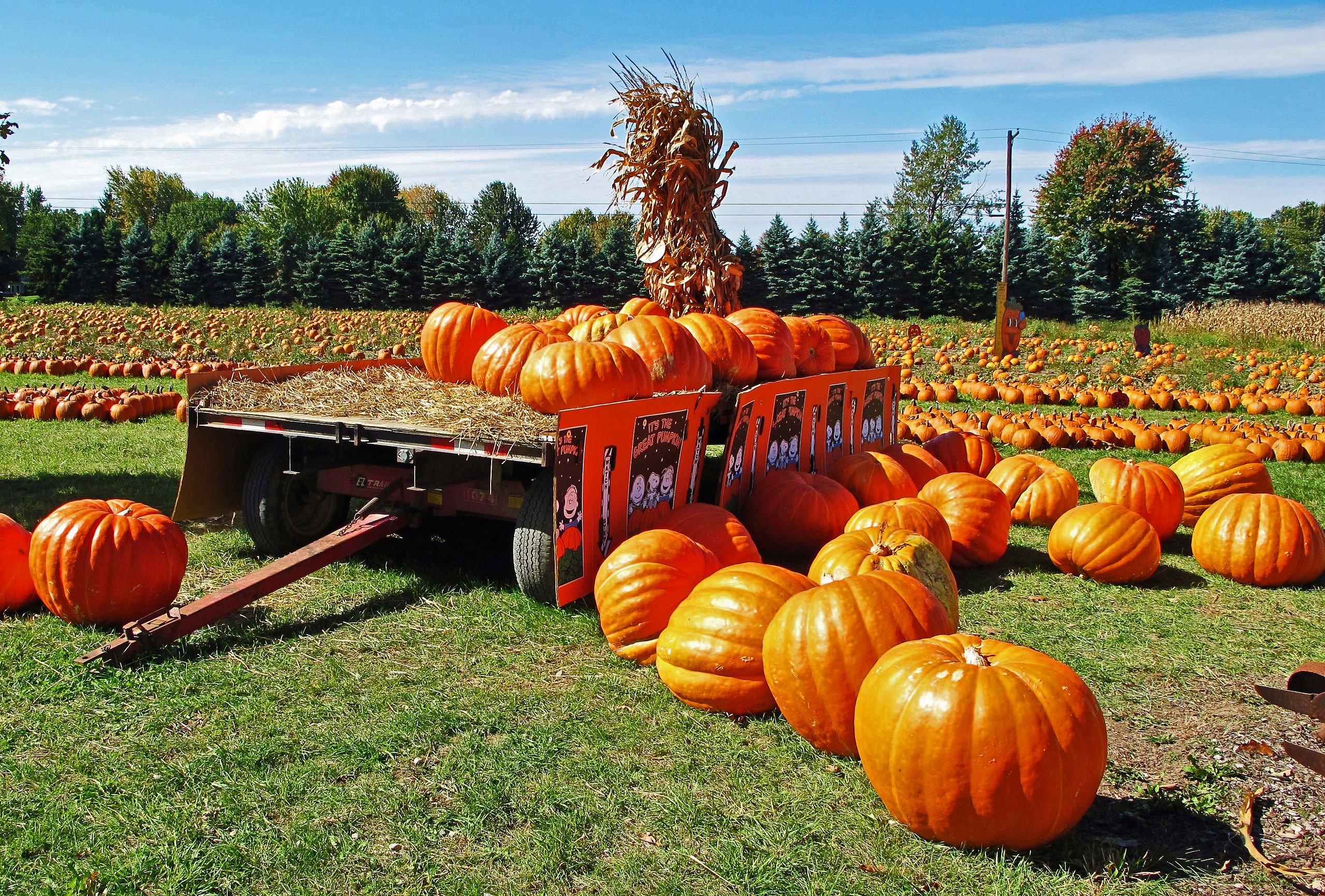
Every fall, families across the Northern Hemisphere rush to pumpkin patches in search of the perfect gourds. Some use them to carve out scary jack-o'-lanterns. Others place the fruits outside their homes as decor. But the fascination with pumpkins ends after Halloween, and most end up in the trash.
London-based non-profit Hubbub estimates that in Britain, about 22 million of 39.9 million pumpkins bought this Halloween will go to waste. In the US, about two billion pounds of pumpkins end up in landfills annually. In addition to the massive amount of food waste generated, the rotting fruit also emits large amounts of methane. The greenhouse gas is about 25 percent stronger than carbon dioxide. It is a big contributor to climate change.

Fortunately, this pollution problem has an easy fix. If you used the fruits for decor, extract the edible portions. Roasted pumpkin seeds make a nutritious snack. The flesh can be used to create a delicious soup, a tasty puree, or a lip-smacking pie.
Drop off your sagging jack-o'-lanterns or hollowed-out pumpkins at a local compost collection center. Better still, seek out an organized pumpkin-smashing event and have fun tossing yours on the ground. The remains will be collected and composted once the event is over.
You can also fill pumpkin shells with grains and leave them in the yard or hanging from a tree. The birds, squirrels, and other garden critters will thank you for the treat. If your pumpkin is too far gone to salvage, bury the gourd in your backyard. It will naturally decompose while enriching the soil.
Resources: healtheplanet.com, Hubbub.com, Yahoo.com
